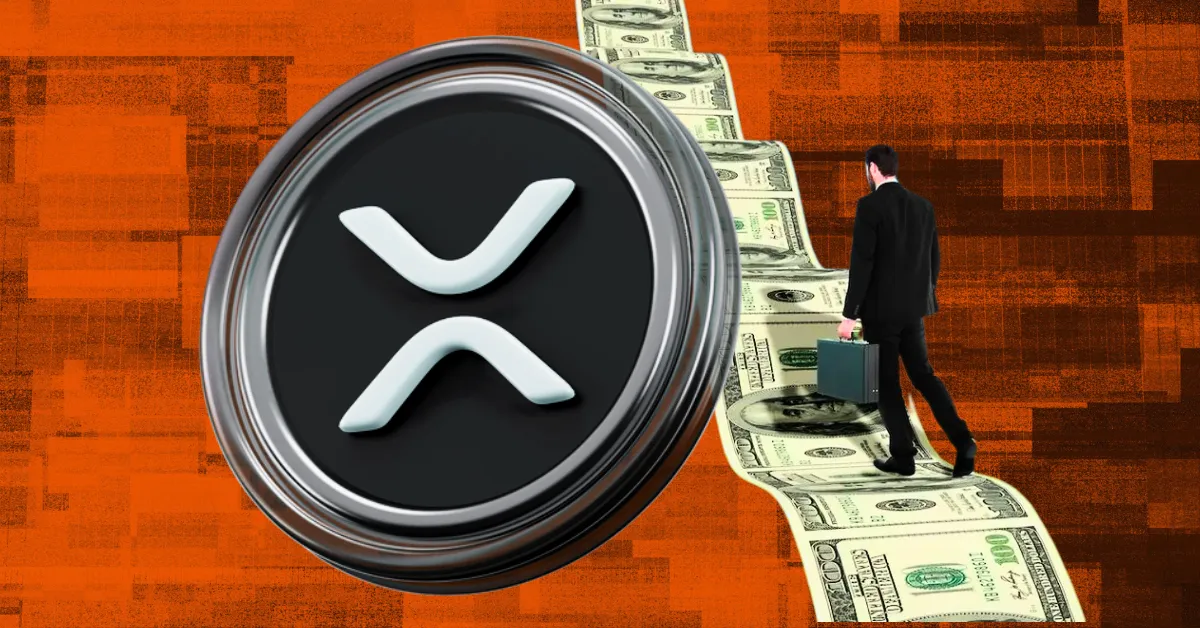Ripple’s Vision: Transforming Global Payments with XRP
The payments landscape is on the cusp of significant transformation, and Ripple’s ambitious target to capture 14% of SWIFT’s transaction volume by 2030 stands as a bold declaration of blockchain’s growing influence. Ripple CEO Brad Garlinghouse’s forecast underscores a future where XRPL (XRP Ledger) plays a pivotal role in reshaping cross-border finance, emphasizing liquidity innovation rather than displacing entrenched infrastructures.
—
The Landscape: SWIFT’s Dominance and Limitations
SWIFT has long been the backbone of international finance, facilitating communication among more than 10,000 financial institutions daily. Despite its entrenched position, critics have pointed to high fees, slow settlement speeds, and inefficiencies within its legacy systems. Unlike SWIFT’s messaging-focused network, Ripple’s XRPL is designed to tackle the actual flow of funds, addressing liquidity challenges that traditionally hamper cross-border payments.
Ripple’s approach doesn’t attempt to replace the messaging framework but instead leverages blockchain to expedite and economize the settlement process. This distinction is crucial—it aims to coexist and complement SWIFT’s system while offering tangible improvements in speed and accessibility.
—
What Sets XRPL Apart?
Several key advantages fuel Ripple’s confidence in its future market share:
– Lightning-Fast Settlement Times: XRPL enables transactions to settle in mere seconds, a stark contrast to traditional banking hours or days-long delays. This speed drastically enhances the user experience for banks and their customers.
– Cost Reduction: The fees associated with XRP transactions are miniature compared to SWIFT’s structure, making it a more attractive option for remittances and high-volume transfers alike.
– Bridging Liquidity Gaps: XRP’s role as a bridge currency eliminates the need for pre-funded nostro accounts, which traditionally immobilize liquidity. This on-demand liquidity model unlocks faster, more flexible international transfers.
– Seamless Integration Potential: Efforts like ISO 20022 compatibility position XRPL to synergize better with existing messaging standards, lowering the barrier for traditional financial institutions to adopt blockchain-based settlements.
—
The Ripple Effect: Market and Industry Consequences
Capturing 14% of SWIFT’s current transaction volume would have a cascading impact:
– XRP Valuation Surge: Greater transactional demand inherently boosts the need for XRP tokens, potentially driving their value upward. Industry voices predict a significant price appreciation aligned with widespread adoption.
– Pressure on Legacy Systems: Traditional finance infrastructure may need to innovate rapidly or partner with blockchain technology providers to remain relevant and competitive.
– Enhanced Financial Inclusion: Faster, cheaper international payments could dramatically improve remittance services, providing economic relief and transparency to communities worldwide.
– Transparency and Trust: Blockchain’s inherent immutability and traceability could elevate confidence in cross-border transactions, diminishing fraud and errors.
—
Hurdles on the Horizon
Despite the promising prospects, the path to a 14% share of SWIFT’s volume is complex:
– Regulatory Ambiguity: Various governments continue to examine how to classify and regulate digital assets like XRP. Outcomes of legal cases and regulatory decisions in major markets, particularly the U.S., will heavily influence adoption speed.
– Institutional Trust and Change Resistance: Banks and large financial institutions operate on long-standing systems and practices. Earnestly adopting XRPL requires endorsements from these entities and overcoming institutional inertia.
– Competitive Terrain: Blockchain is not Ripple’s only contender; other projects and fintech companies are aggressively pursuing cross-border payment innovation. Differentiation and strategic partnerships will be pivotal.
—
Conclusion: Charting the Future of Cross-Border Payments
Ripple’s forecast is more than a mere projection—it’s a clarion call signaling blockchain’s transformative potential in global finance. By focusing on liquidity rather than attempting to overhaul messaging infrastructure, XRP and XRPL are positioning themselves as indispensable components in the future of cross-border transactions.
Successfully securing a significant market share will depend on navigating regulatory landscapes, forging robust partnerships, and proving blockchain’s practical advantages in speed, cost, and transparency. If Ripple fulfills this vision, XRP’s role will mark a watershed moment in international payments—ushering in an era where transactions are faster, cheaper, and more trustworthy than ever before. In this evolving financial ecosystem, Ripple aims to be at the forefront, pioneering liquidity-first solutions that align seamlessly with the digital finance era.

